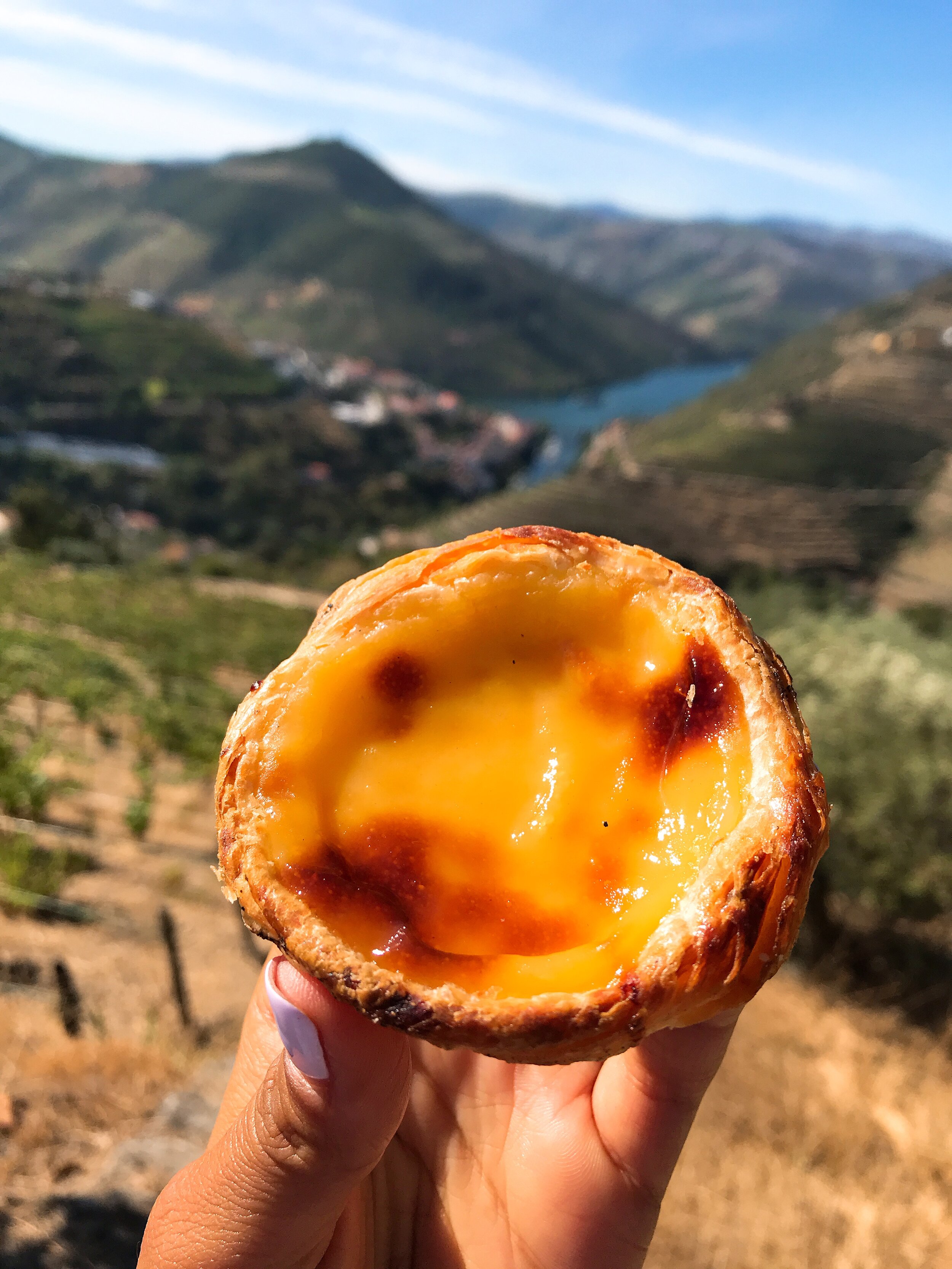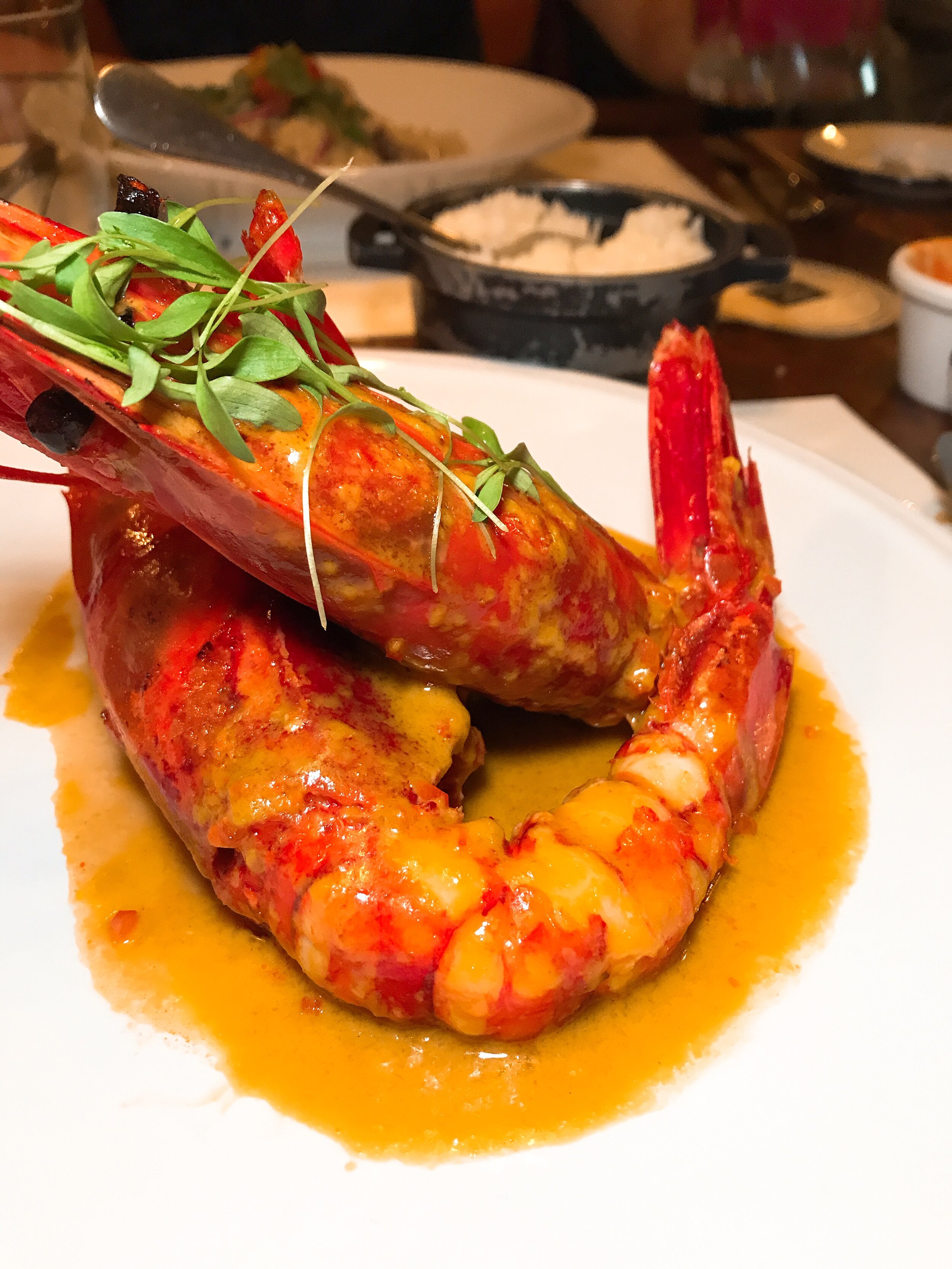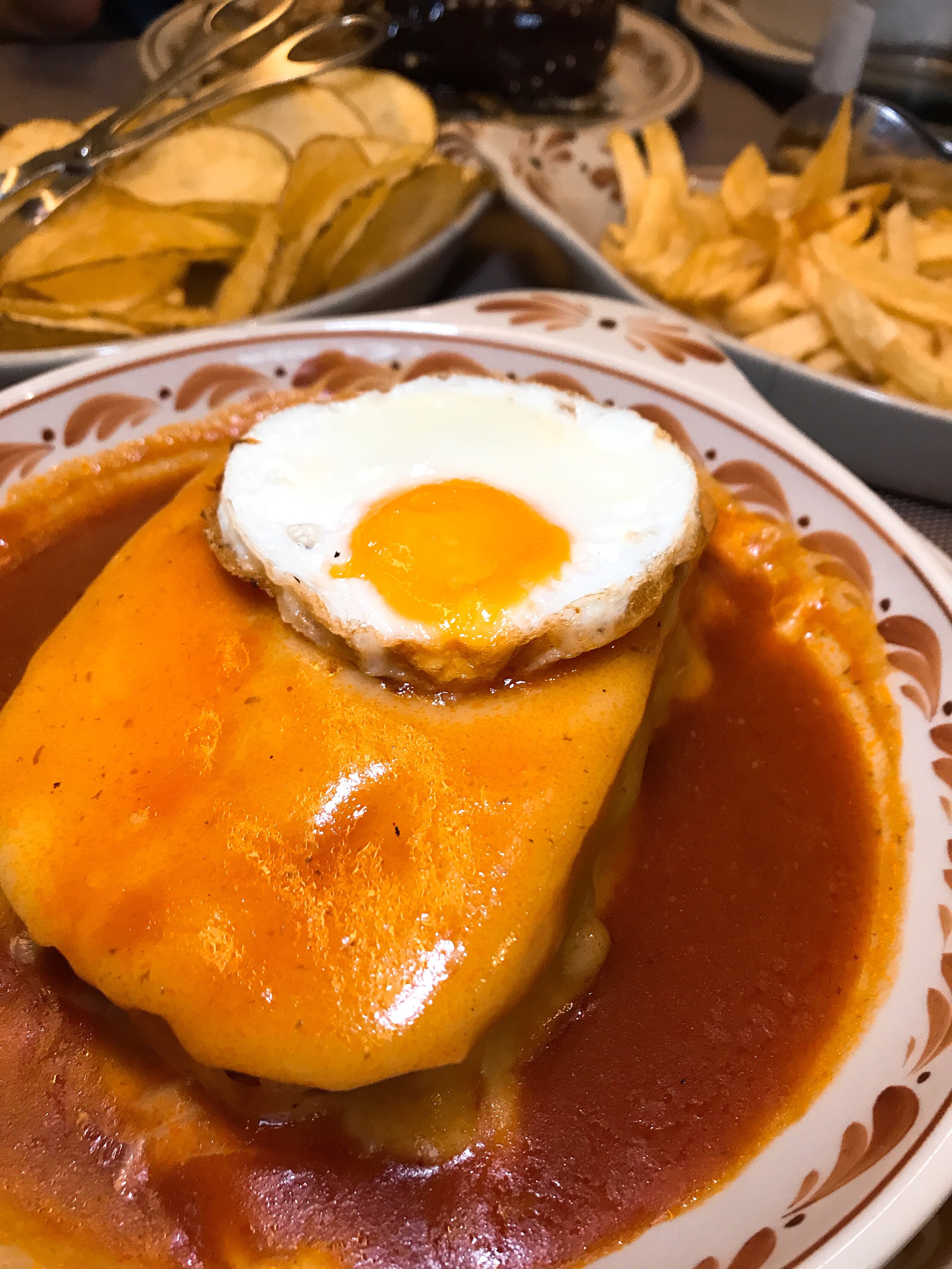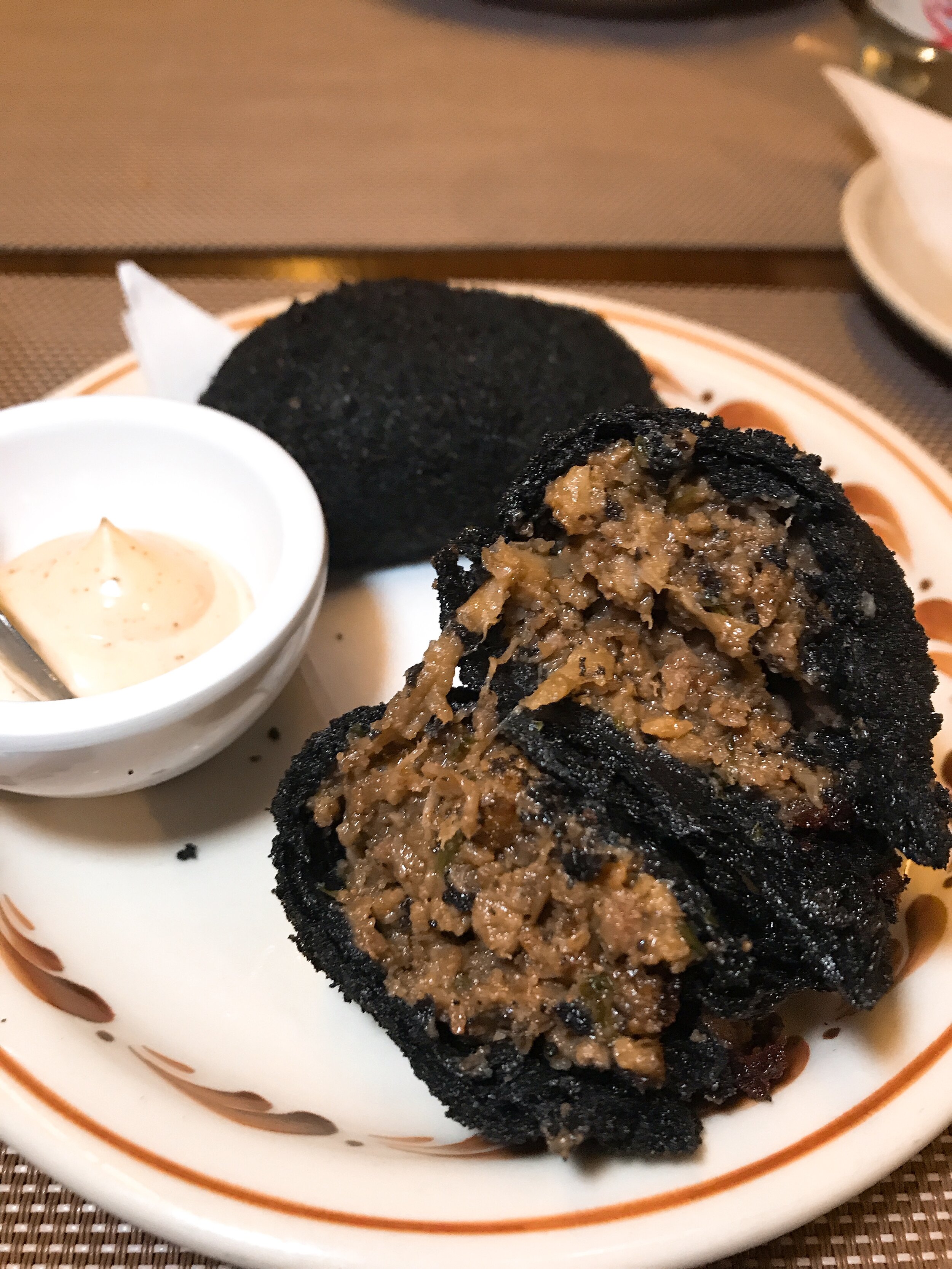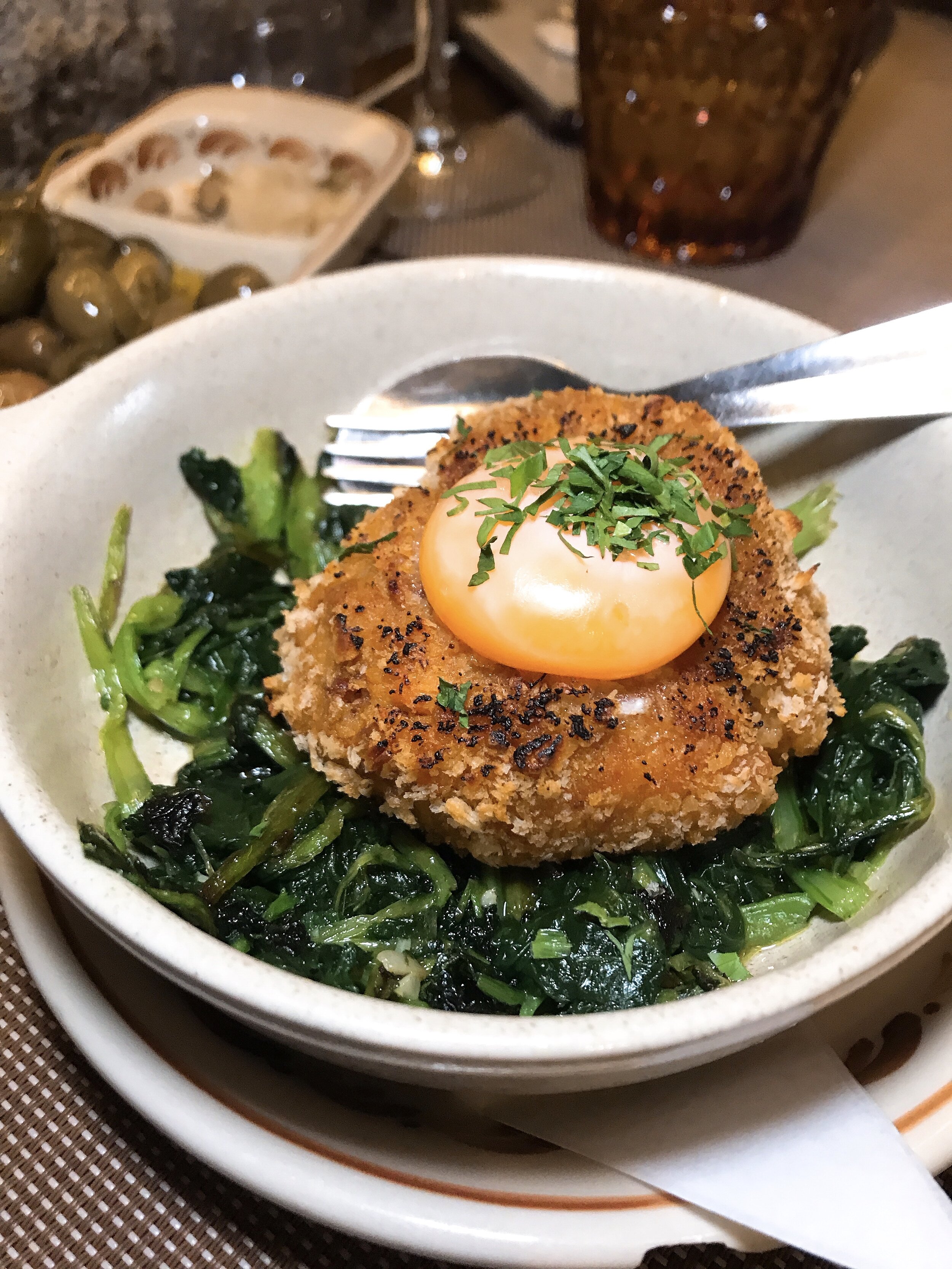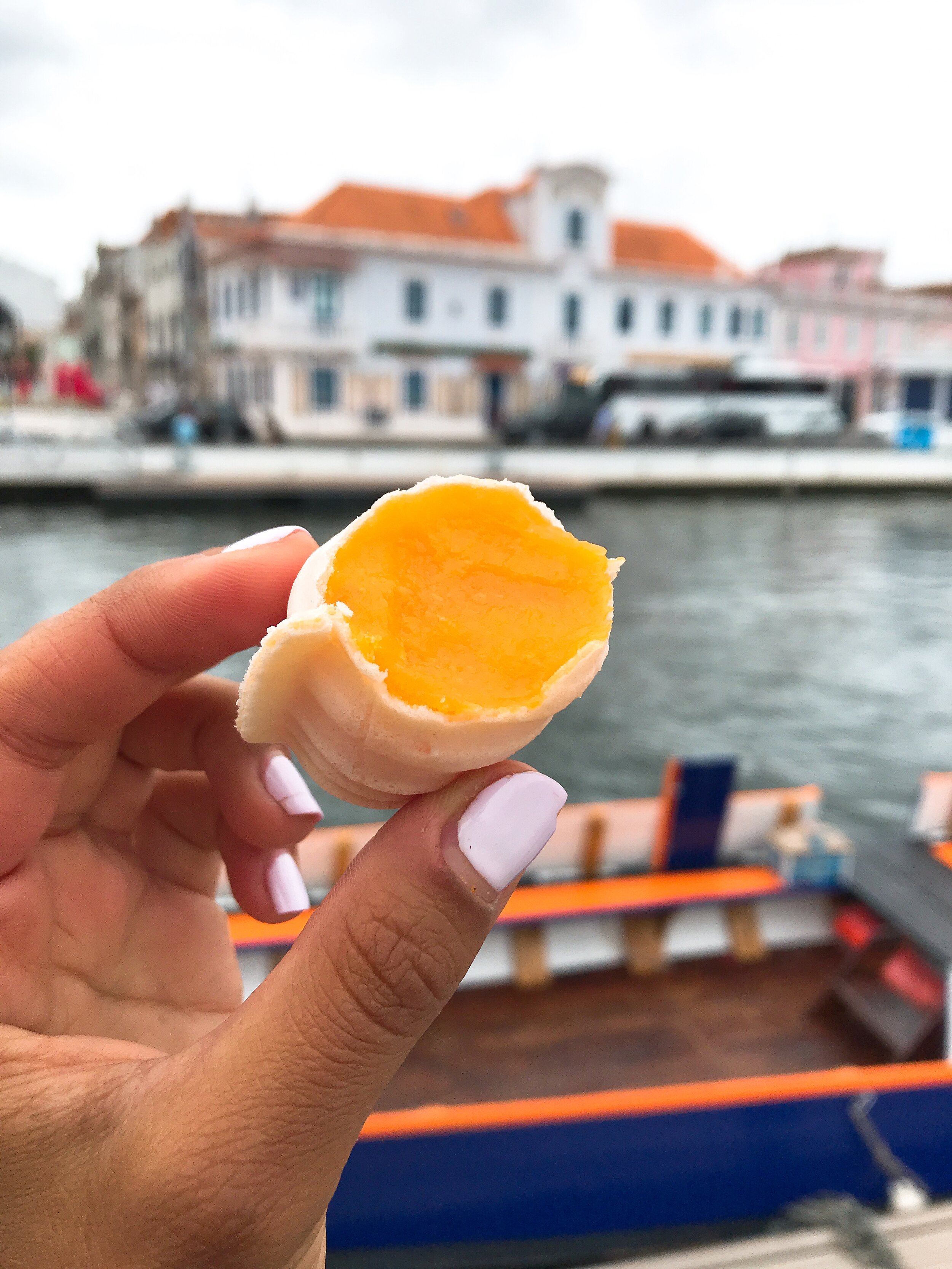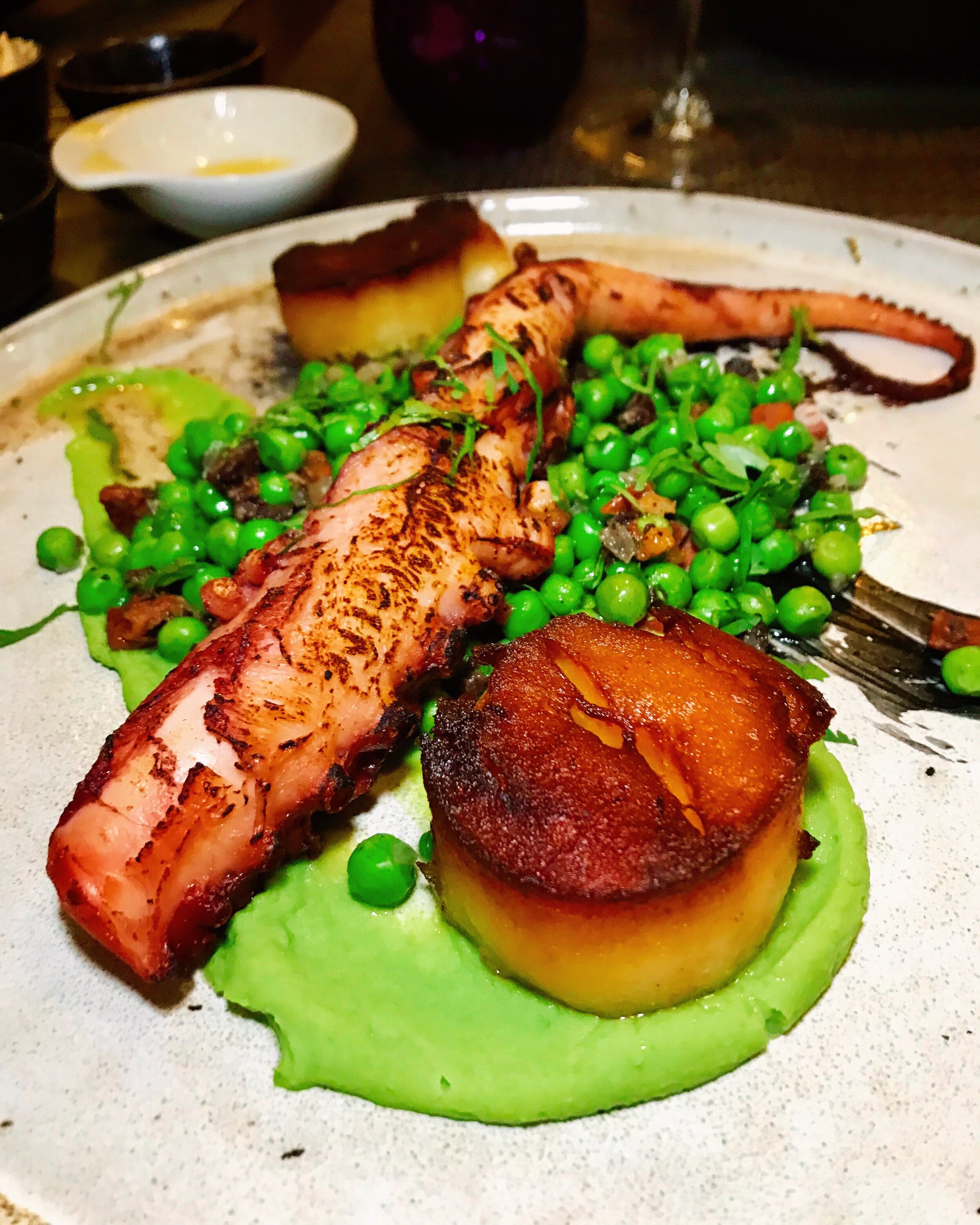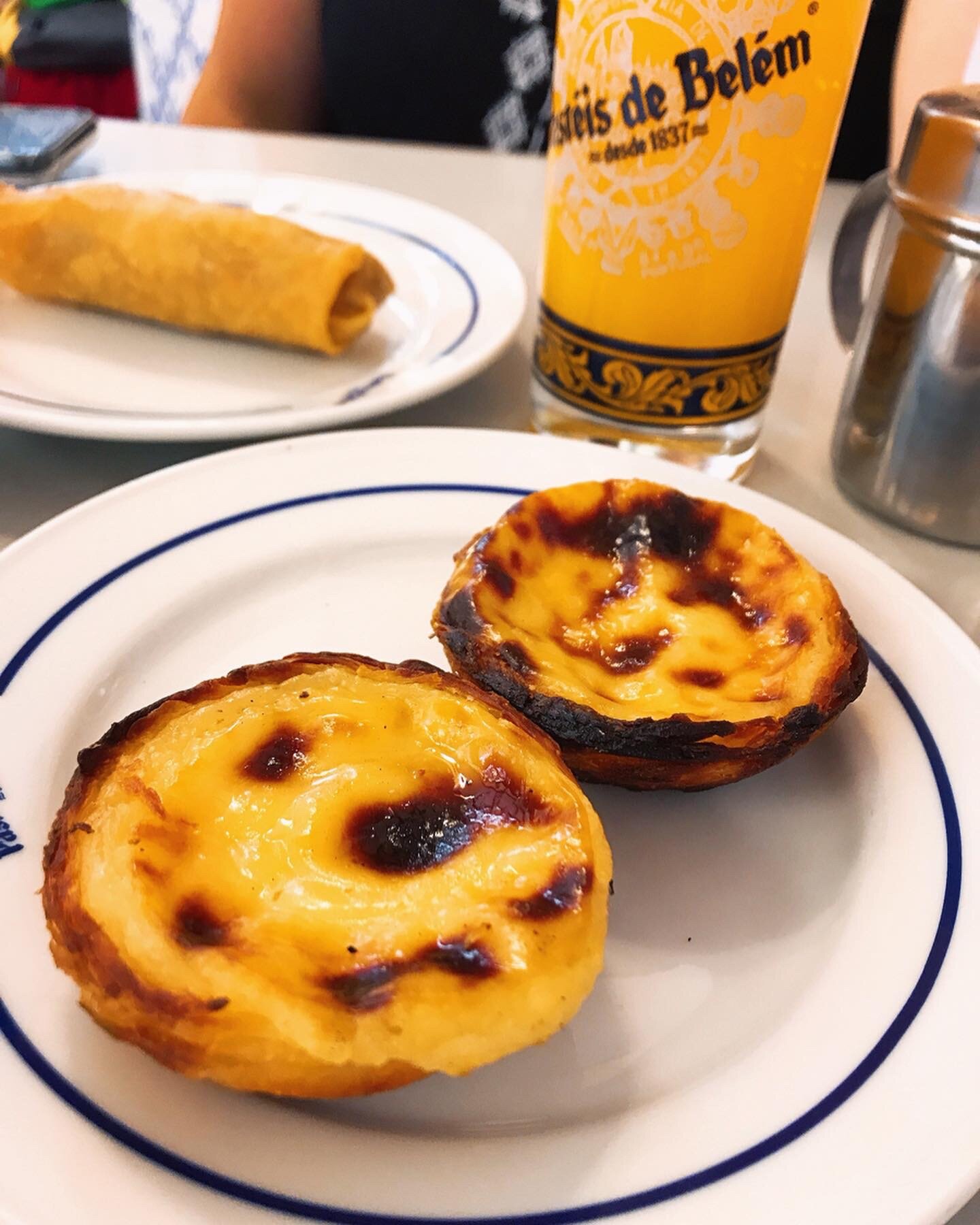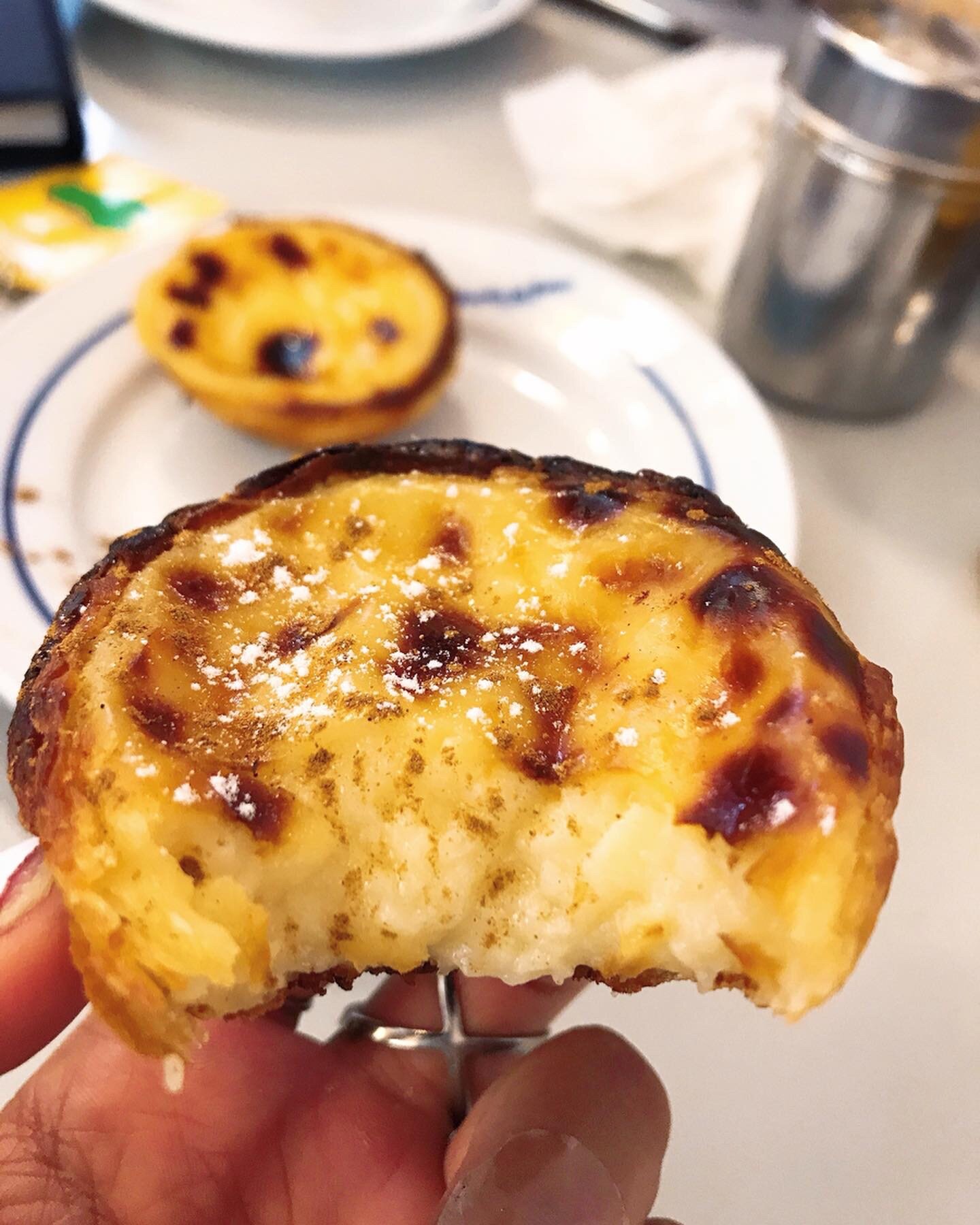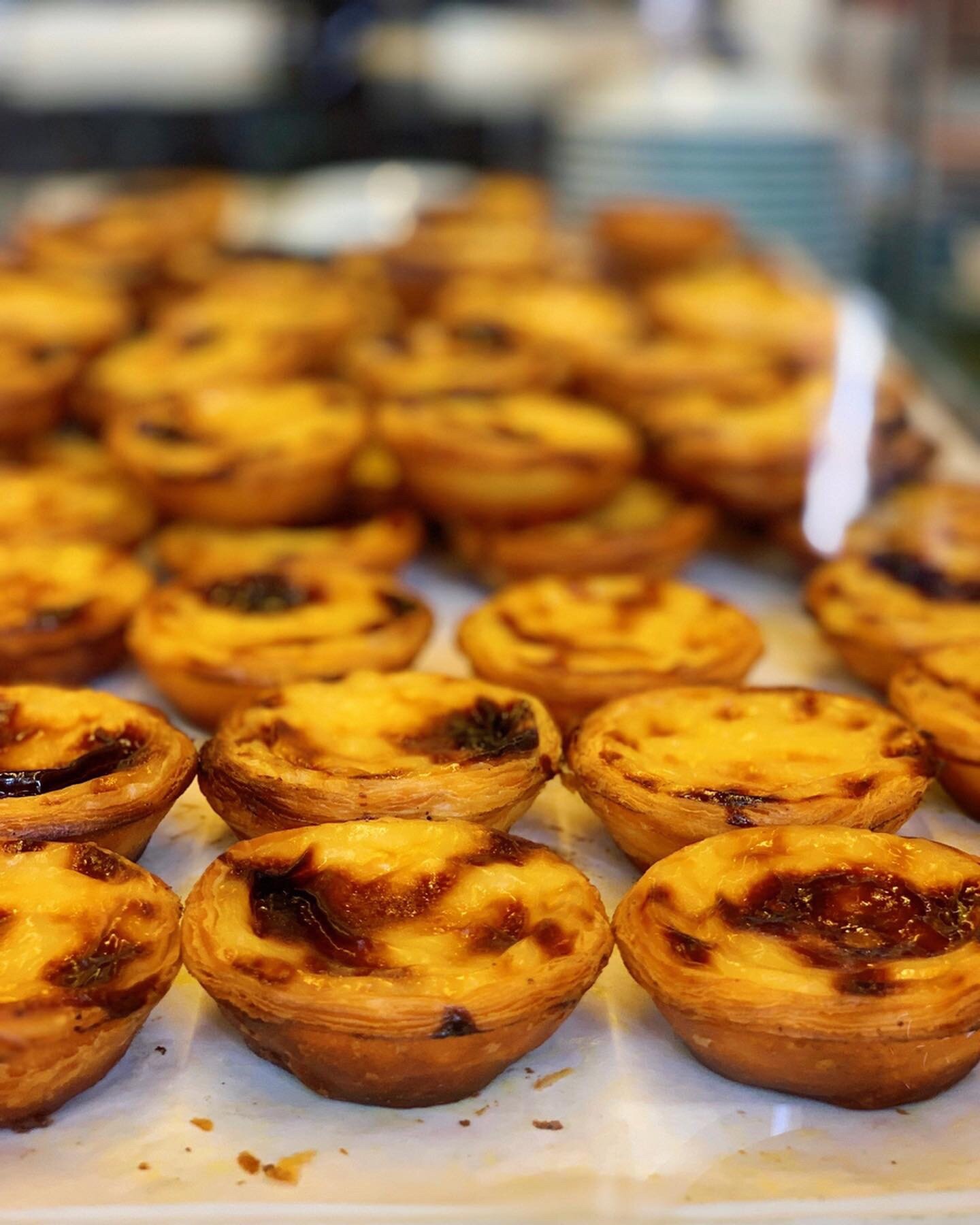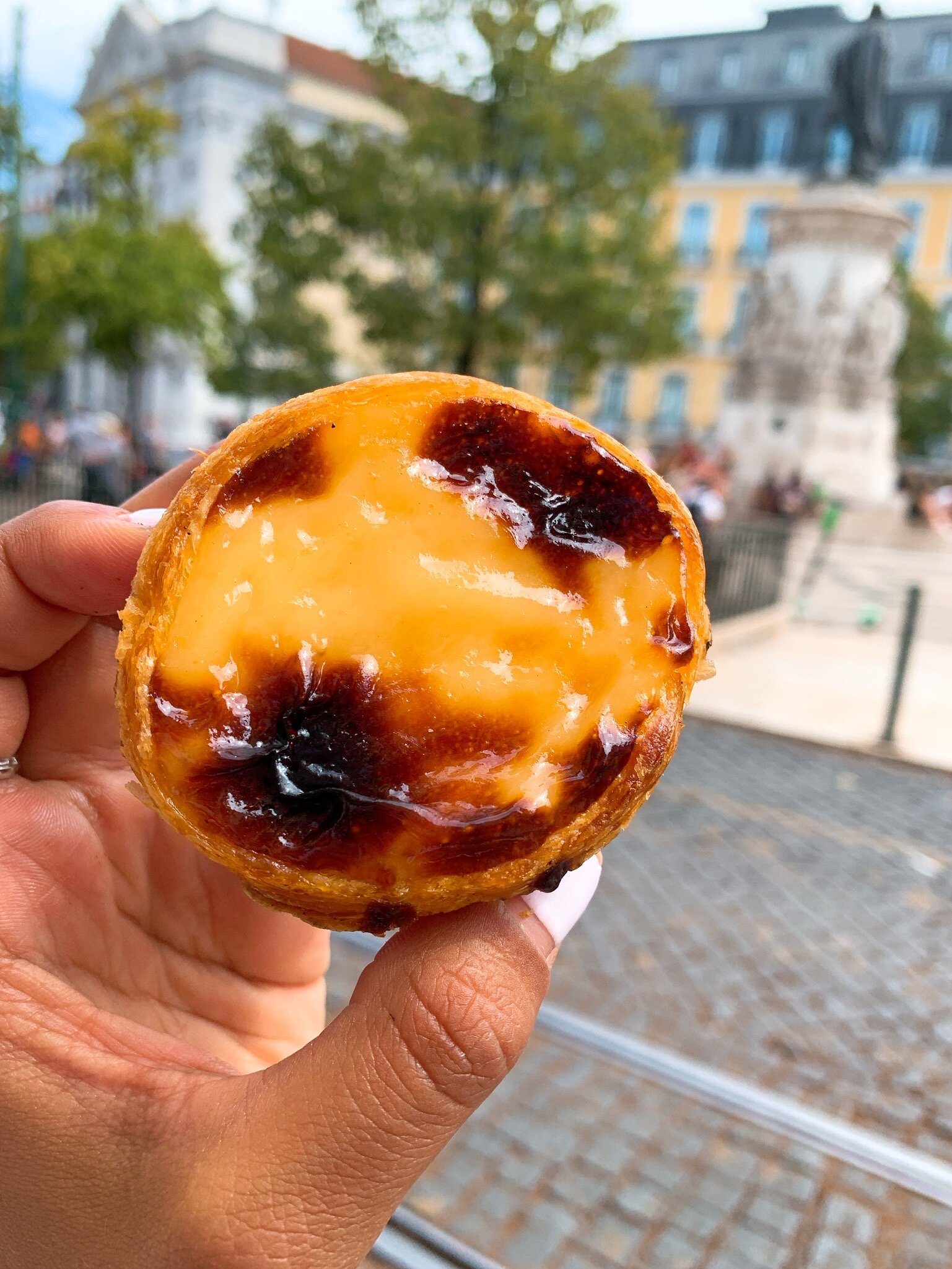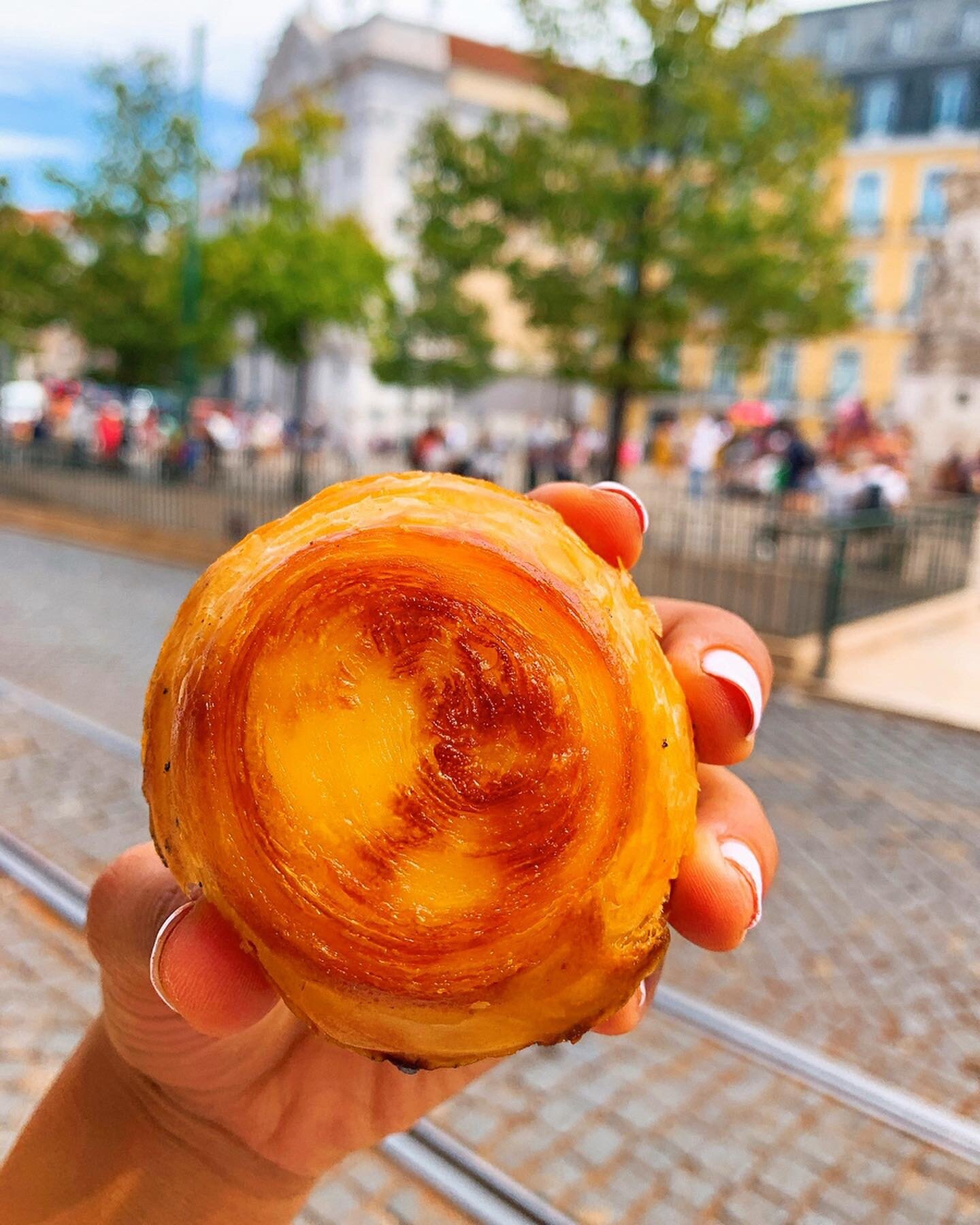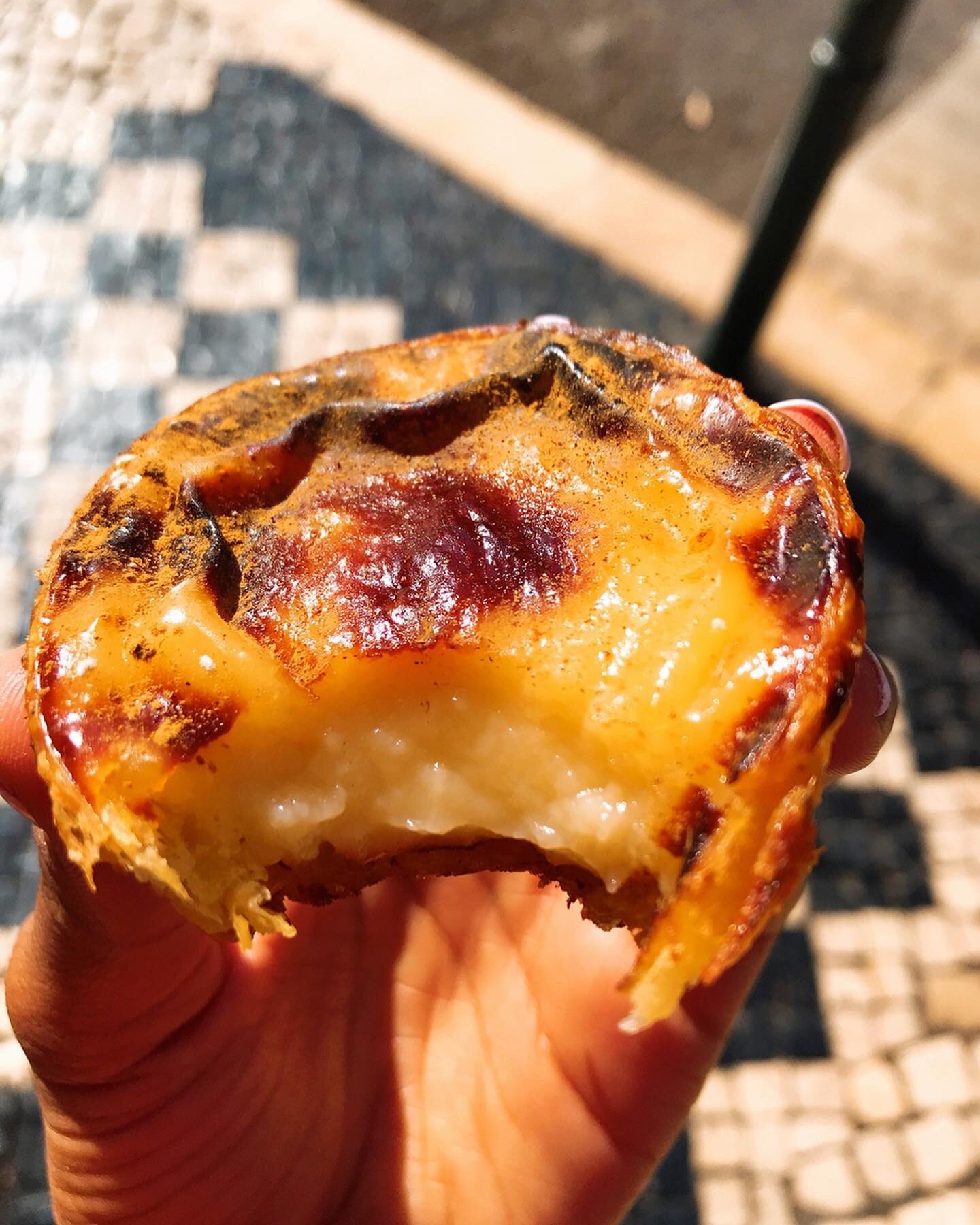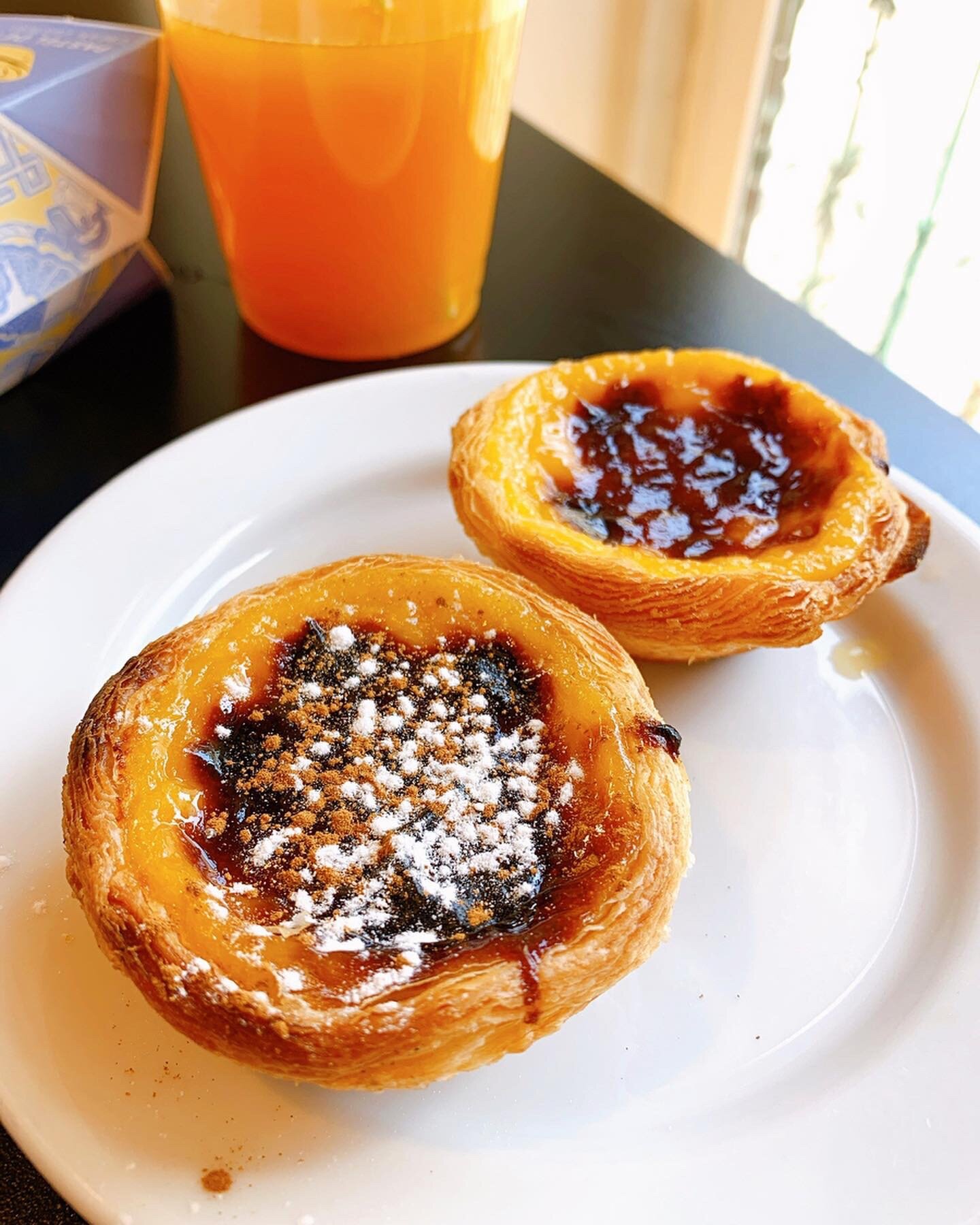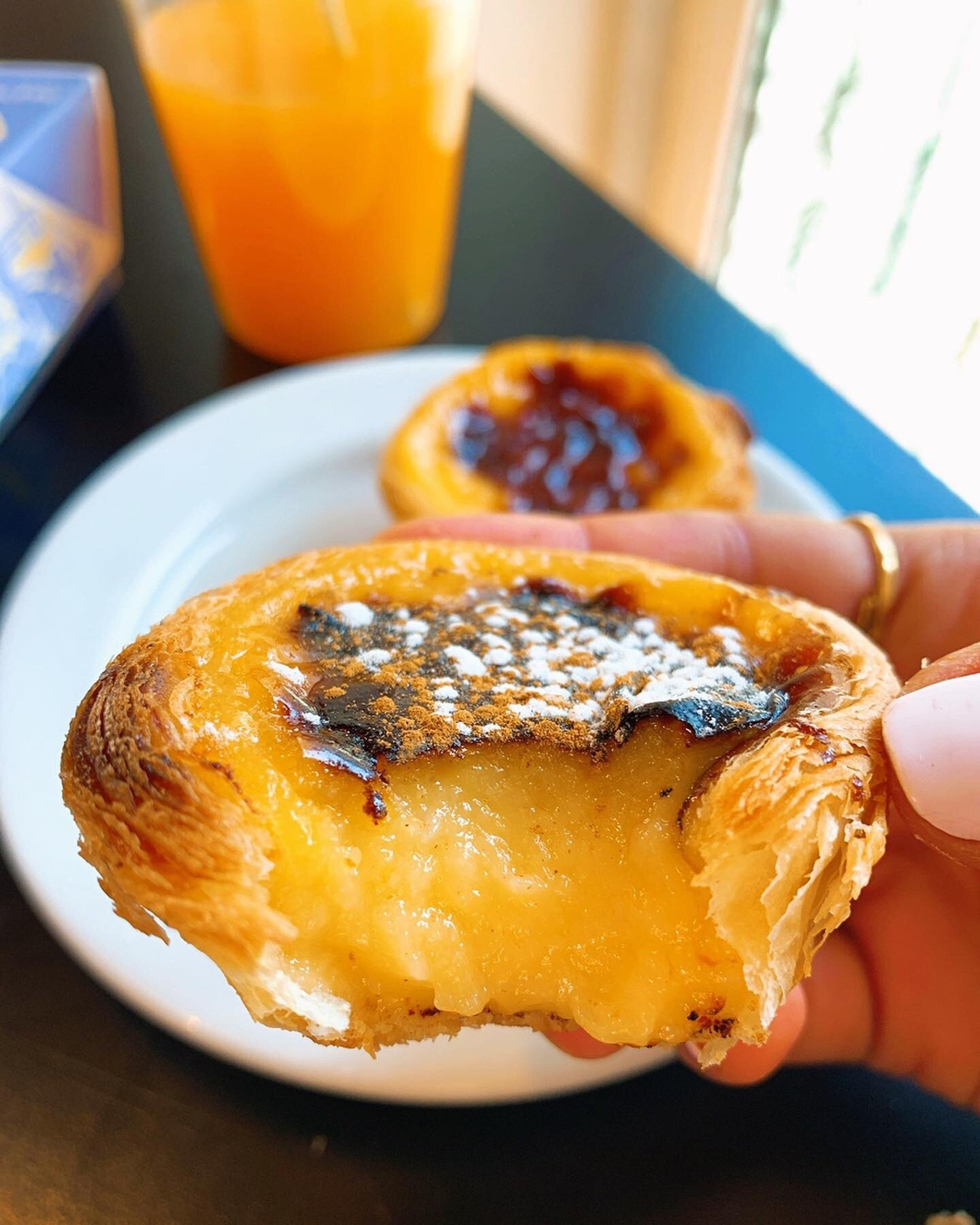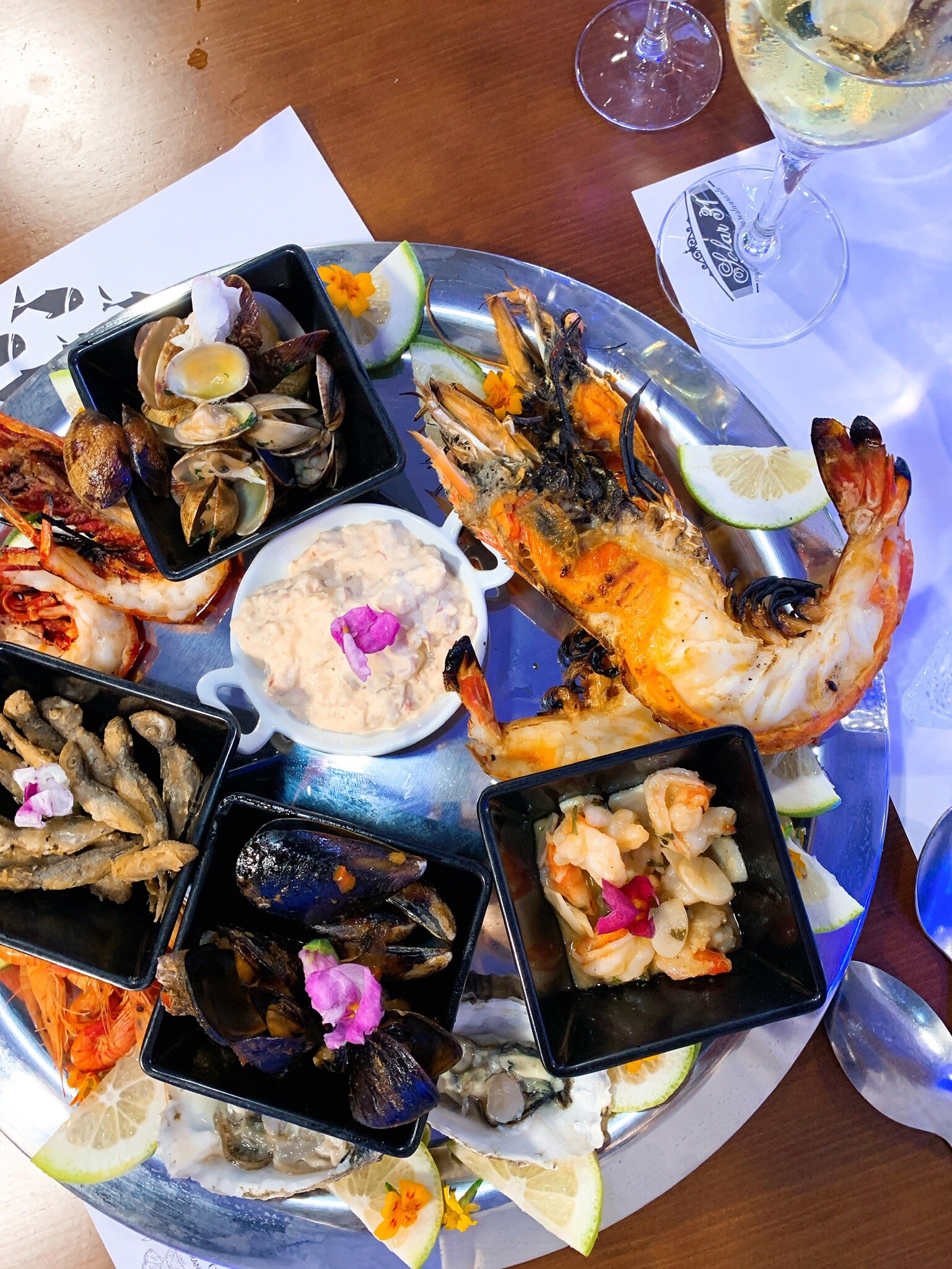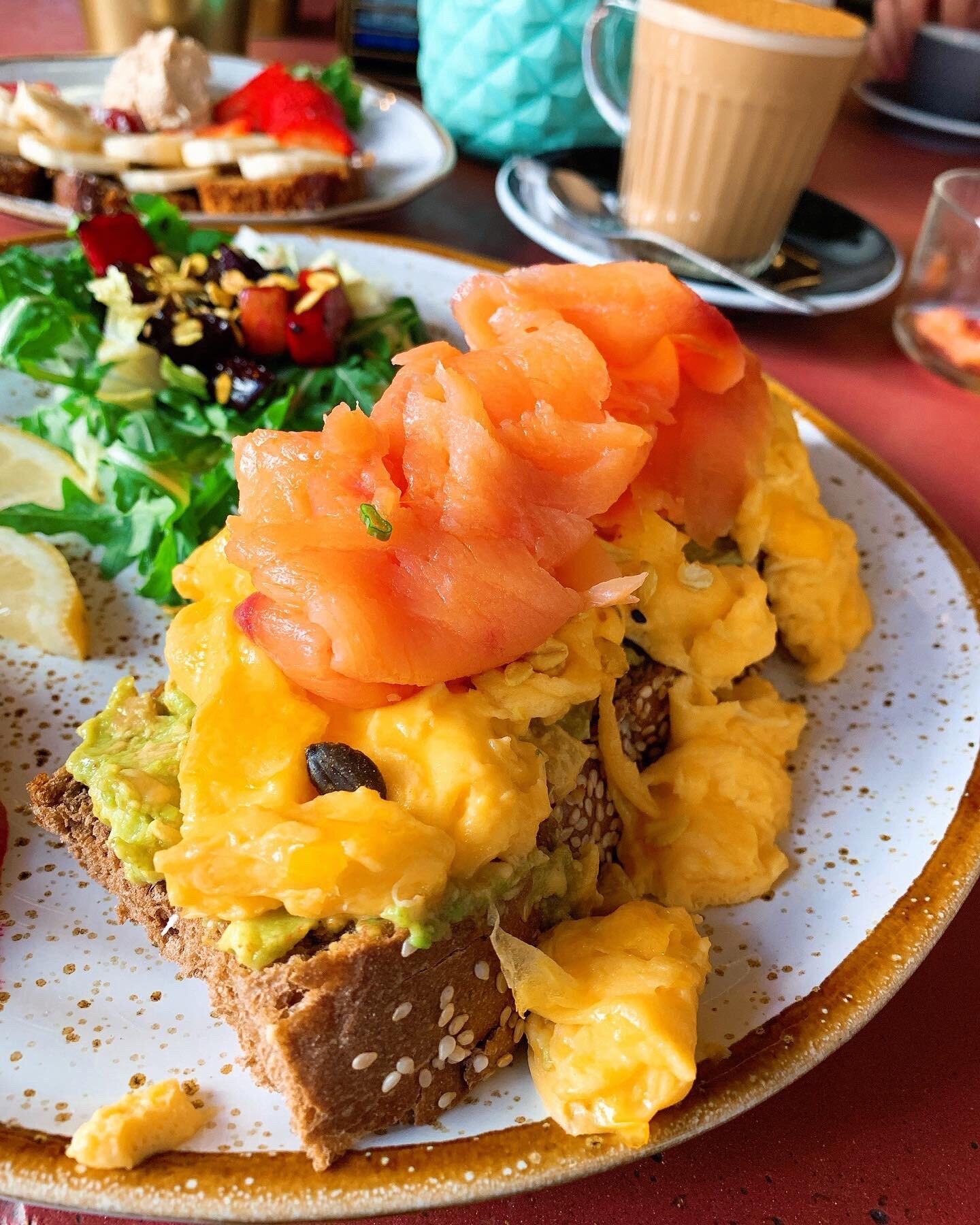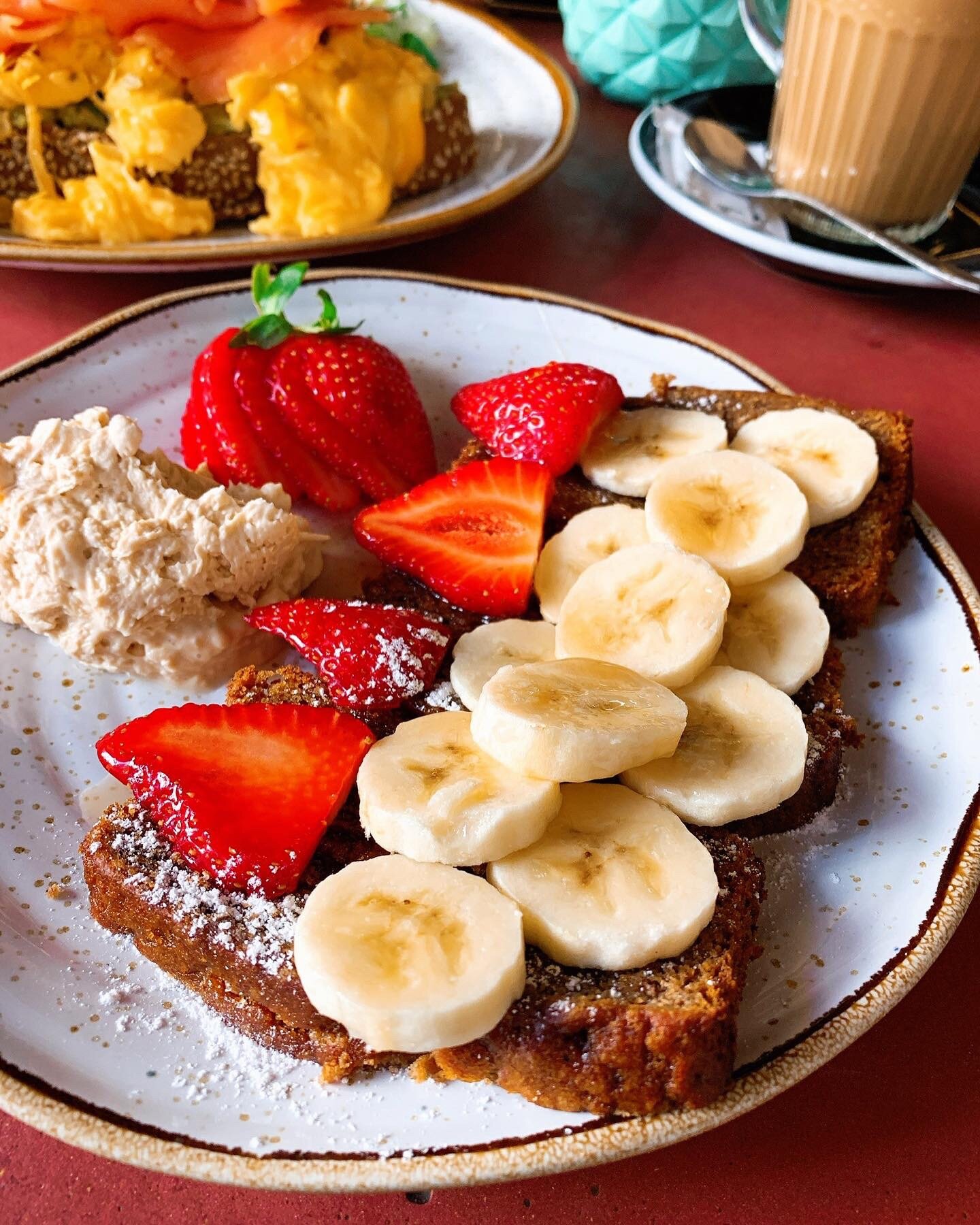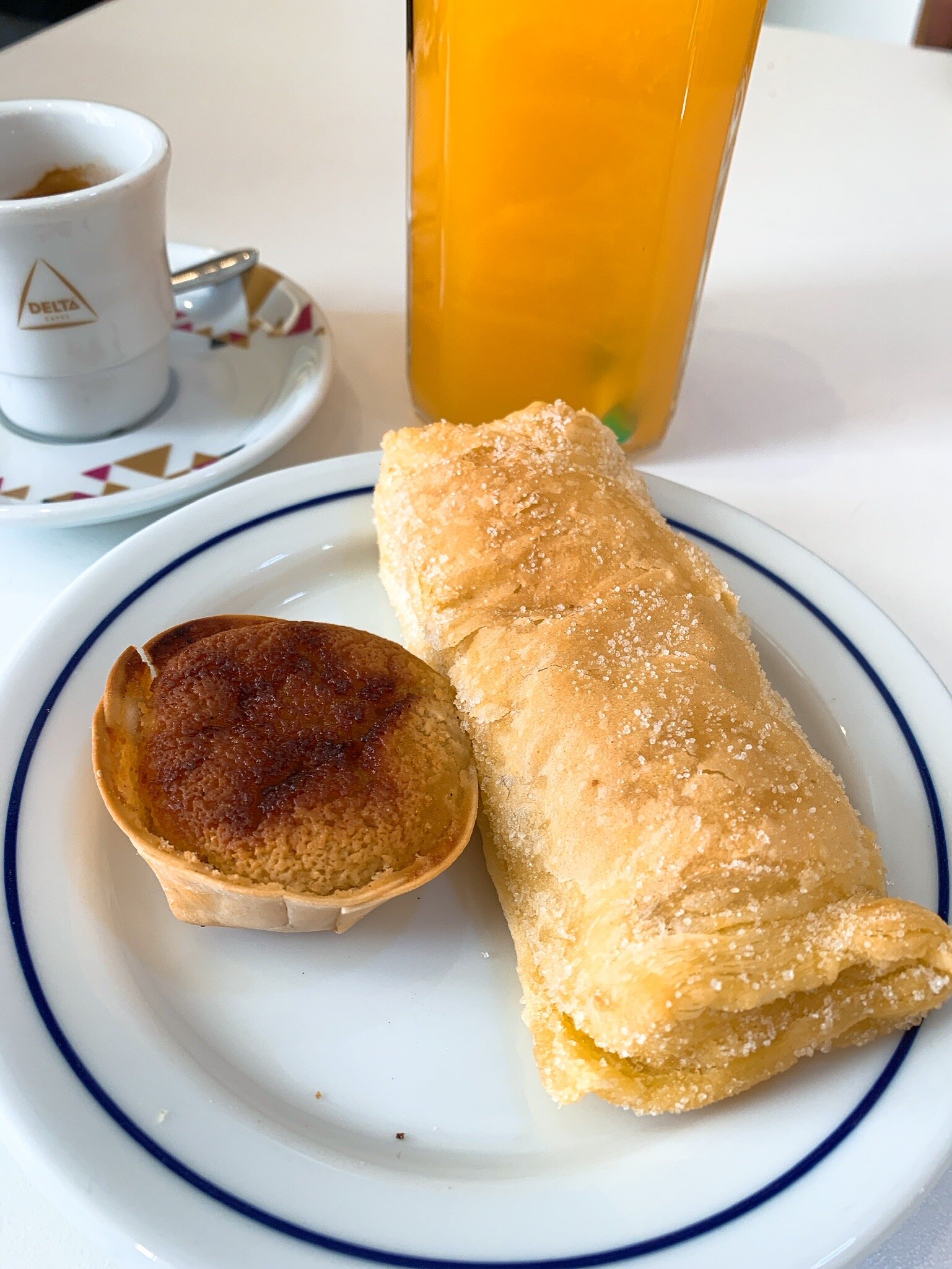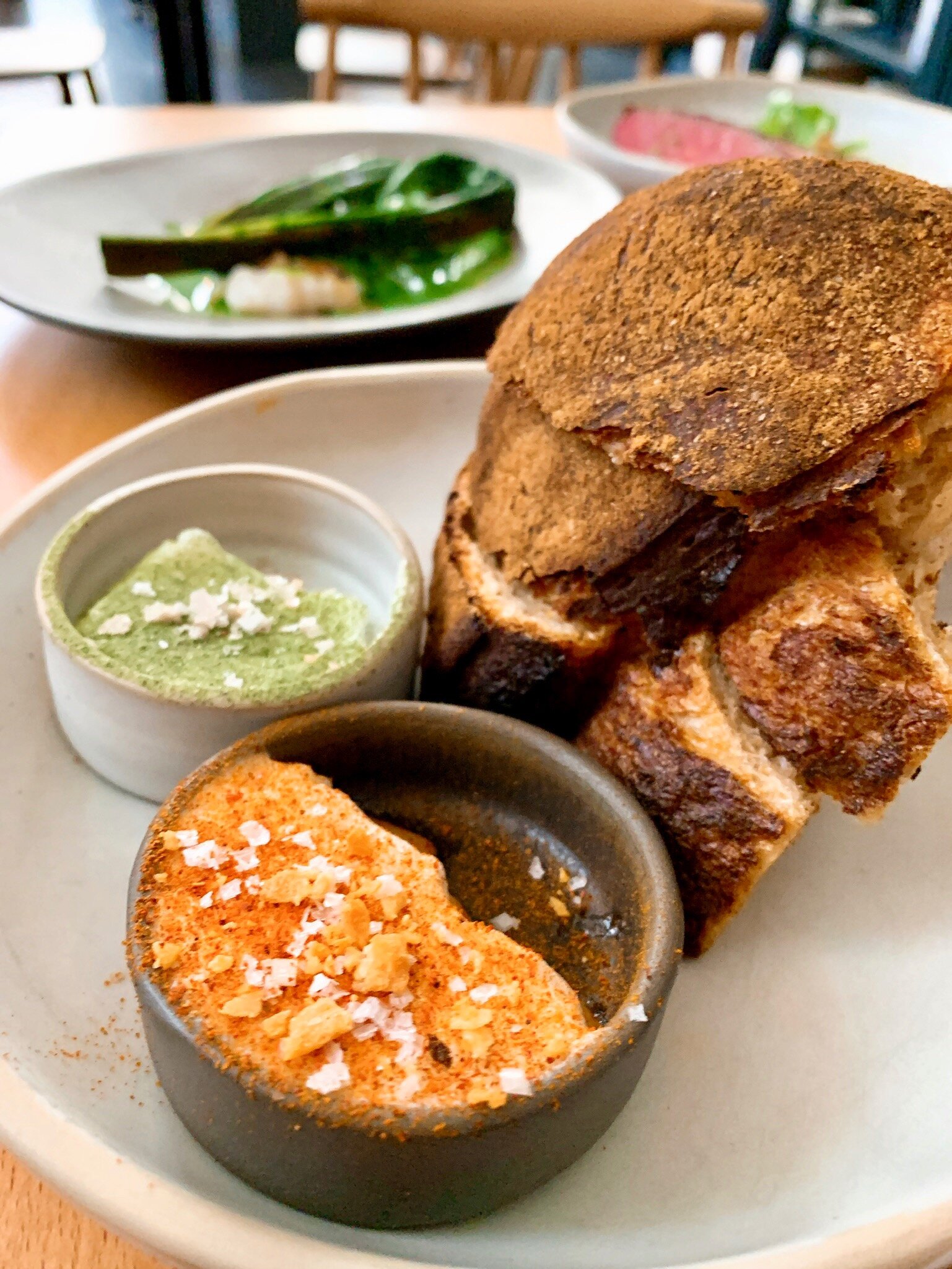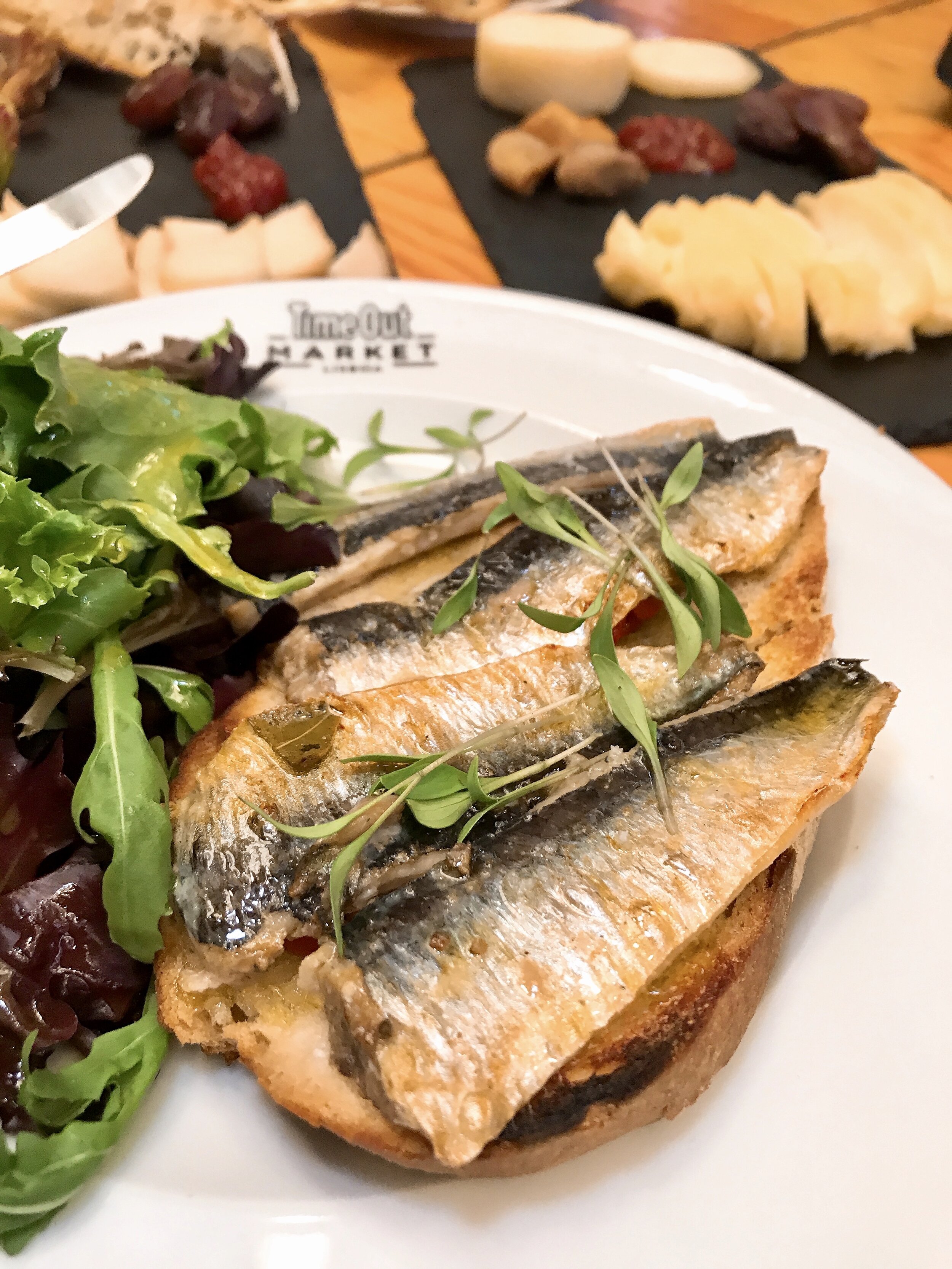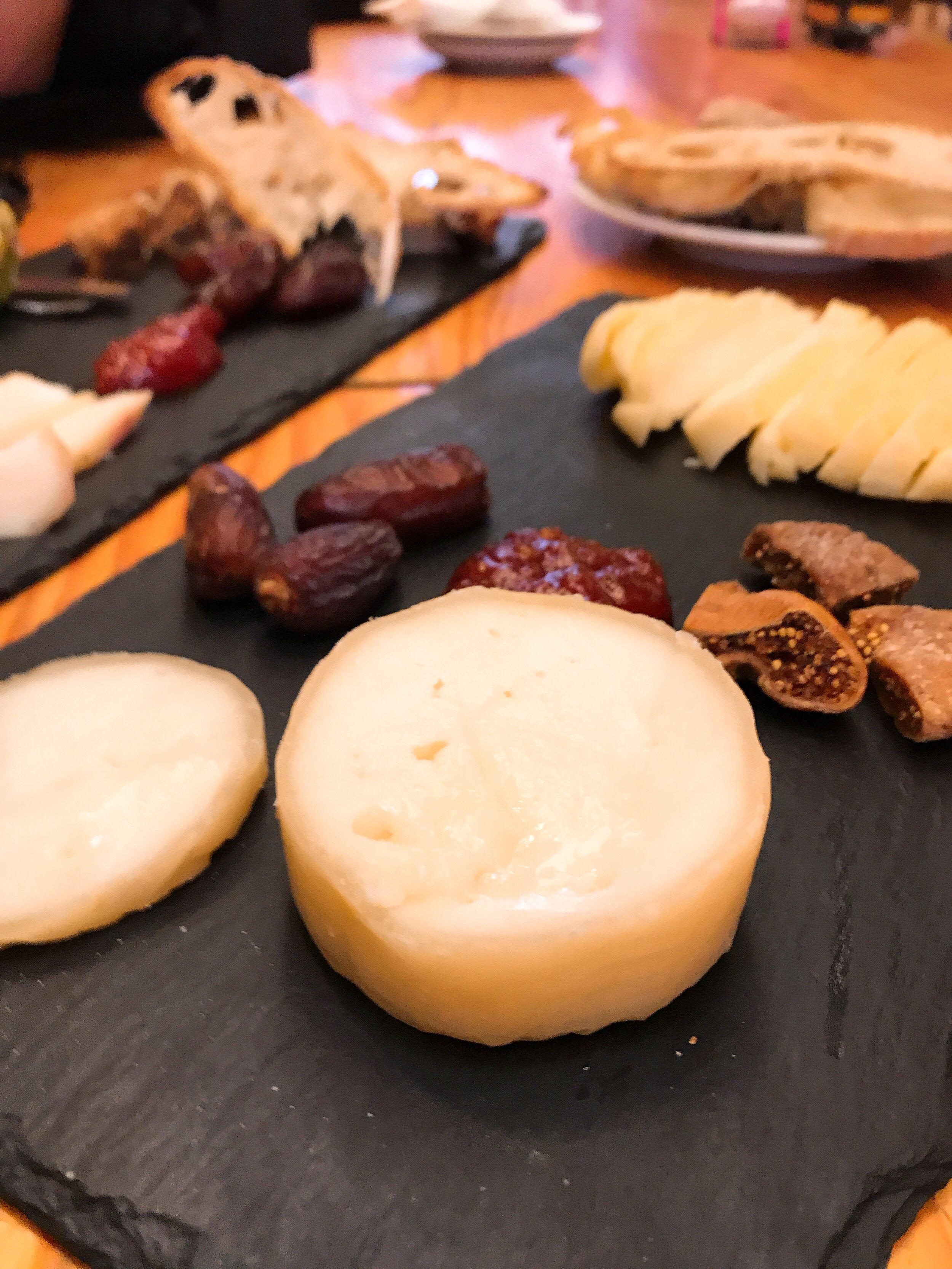No (Lagos) filter required
After visiting Morocco, I could not wait to touch down in Portugal for my first time. Partially because I was very ready for accessible glasses of wine. But also, because I had heard (and by ‘heard’ I mean seen on Instagram) so many amazing things about the wonderful land of vinho verde, cliffs on white sand beaches and ‘Portuguese custard tarts.’ Well, as it turns out, it was so, so much more than that.
Porto and the Douro Valley
Arriving in the charming, cobblestone-lined city of Porto first was intentional: we wanted wine. Because Port wine is from Porto, right? Wrong. In fact, the only true port wine is produced in the Douro Valley; about an hour and a half outside of the city. What Douro is to Port is what Champagne is to, well, Champagne. And, yes, you can get tours and free wine tastings hopping from cellar to cellar on the south side of the river in Porto, and I encourage you to spend an afternoon doing so. But we were limited on time, so we wanted to go right to the source.
Hopping in a van with BL Heritage Tours (which we stumbled upon on Airbnb) turned into seriously pleasant surprise. From the winding, hilltop drives and views of the wine terraces to the educational winery tours, a stroll in the vineyard, river boat ride and a homemade lunch from a family who was closely tied to the history of the region; it was clear that our tour guide, Ricardo, was really giving an exclusive, behind-the-scenes view of the region. Not to mention a plethora of local cheese and snacks along the way.
Back in Porto, we had two vastly different, but equally fabulous dinners planned for our stay. One: Cantinho do Avillez. A casual but upscale and certainly pricier option by one of Portugal’s finest talents: Chef Jose Avillez. And the second: Brasão Cervejaria Coliseu. A casual pub with traditional Portuguese fare.
It was at Cantinho that we first found out, unlike Morocco, bread in Portugal is not free. But don’t skip on the ‘cover’ here. Begin with the house corn bread with truffle butter, then splurge for the enormous scarlet shrimp in a golden Thai curry (an elevated version of Saigon Star’s curried crab) and finish with their signature ‘Hazelnut’ dessert, with layers and layers of texturally contrasting preparations of sweet hazelnut. If you don’t have time to make it to Cantinho here, do not fret. Avillez has a few locations in other regions as well – so take a look at the menus and decide which suits your schedule best.
Known for the Franceschina: a gluttonous, meat-packed and gravy-topped, take on a Croque Madame, you simply cannot leave the city of Porto without trying one. We visited Brasao for this, and it most definitely did not disappoint. But plan to share this, it’s hefty. And instead of trying to make it through one on your own, opt to also try Rissol: a meat-filled croquette and the Alheira: the traditional sausage of the region.
Aveiro and Costa Nova
Two things you need to know here:
Ovos Moles: a sweet, overly sugary, egg-based dessert made famous in Aveiro. They’re absolutely everywhere but, in my opinion, you don’t need to try it.
Tripas: not to be confused with the Portuguese word for ‘tripe’ this fluffy yet chewy cross between a pancake, a waffle and a crepe is a dessert that you absolutely must try. Stuff it with crumbled chocolate bars or simply Nutella and enjoy it along the beach beside the candy-striped houses in Costa Nova. You’re unlikely to find it in any other region, so eat it here.
Lagos
My first mistake in Lagos was thinking ‘we’re in the Algarve, I’ll be eating the greatest, freshest seafood I want, no matter where we walk in.’ Wrong. Lagos is incredibly touristy, especially in the summer. So do your research on where you plan to eat. For the freshest and widest seafood options, skip the extra crowded, tourist-packed dinner at spots like Millennium and opt for the small, quaint, off-the-strip options. If you’re travelling with individuals who require non-seafood and vegetarian options, A Petisqueira is a slightly more upscale but nonetheless fantastic option that leaves to carnivores, vegetarians and seafood lovers alike, equally thrilled.
Lisbon
Now, I know that at least half of you just scrolled down to here, wanting to read about Lisbon. A city that could easily use a guide of its own. So I’ll break this one down for you:
Pasteis de Nata: which literally means ‘cream puffs’ except, cream puffs are generally dry and gross and these, indulgent, custard-filled pastries are actually quite fantastic. Go to Pastiés de Belém for the original recipe, well, because you just have to. But make sure not to wait in the hour plus takeaway line. Instead, go straight through to the back of this enormous restaurant where you can quickly sit down, order a hot, plated pastry and a drink and then be on your way. This was the least sweet and most ‘eggy’ of the bunch I tried, and I actually quite loved the filling. For the locals’ (and my) favourite, go to Manteigaria, where the only thing they serve is these and coffee. Take a moment to flip this one over too. Here you’ll see the spiraling layers of buttery pastry you’re about to be treated to. The filling here is slightly sweeter than Belém but overall, incredibly well-balanced. If you’re on the east side in Alfama, Pastelaria Santo António won’t disappoint either.
Seafood Dinner: up a hill, on the corner of a narrow street just east of the main strip and west of Alfama is a small, family-run seafood restaurant called Solar 31 da Calcada. Here, you’ll find an enormous variety of daily fish, weighed and expertly prepared to order. Dining solo, they crafted an off-menu seafood platter for one where I got to try everything from carabineros, to mussels, clams, crab, crispy sardines and everything in between – all while making me feel like I was a part of the family.
Italian: when (or if) you get tired of pork, salt cod and shellfish, head to Come Prima for fantastic, homemad pastas. Here, go for the cover: bruschetta, followed by reasonably priced burrata, truffle-topped tajarin and the perfect classic tiramisu.
Ice cream: you can’t go wrong with any flavour at Gelados Santini
Brunch: For gorgeous avocado toast, smoked salmon, chai lattes and almond butter-topped banana bread, Nicolau has you covered. Though it’s not quite as dreamy as Baddies or Two Hands, it’s definitely up there and the closest thing you’re likely to find in Portugal.
Bairro Alto Spring Rolls: tempted by the kitschy men walking around with 1 Euro springrolls late into the evening on a Saturday, I finally gave in and got myself one. Do yourself a favour, skip it. They’re ice cold, rock hard and not worth of your valuable Euro.
Pastries in Sintra: famous for the almond-filled travesseiro and the cheese pie quiejada, this legendary bakery is a stop on almost every Sintra tour. My advice: get a chocolate or apple filled travesseiro but skip the rest. And skip it altogether if there’s an enormous lineup.
Contemporary, farm-to-table: At Prado, the bread is not referred to as ‘cover’ but rather a course. And rightfully so. Order this half-loaf of freshly baked, nutty barbela wheat bread and whipped Iberico pork fat to start. It’s actually the best thing I ate all meal. Seasonal and forever changing, I won’t dive into the rest of the menu. Just know that you’re in for a progressive, farm-to-table style meal of small, boldly flavoured plates - which reminded me of something similar to Aloette or Roister. And yes, this seasonal menu certainly had its highs and its lows. But it’s worth a visit, even if just for the bread and butter.
Time Out Market Lisboa: a pioneer in the food hall world that we live in, Time Out Lisboa is a must-visit. Yes, it’s busy. And yes, it’s touristy. But visiting once is a vital part of visiting Lisbon. Grab a glass of wine and a custom board from one of the city’s oldest charcuterias: Manteigaria Silva - the combination of those two is sure to drown out the tourists.
Sardines: tried them once. Tried them twice. Tried them three times. I wanted to get on board with sardines, I just couldn’t really. The one exception to the rule was the baby ones; deep fried and crispy, dipped in aioli like a French fry. I had the pleasure of trying these at Solar 31 da Calcada.
Vinho Verde: not from Lisbon but served in every restaurant, this light, slightly carbonated young wine is generally delicious your best bet when sticking to a budget. About 10% of the time it comes in the red variety too. But not because it’s rare and coveted, rather because people don’t typically like it. I’d stick with the white.
**FYI: My phone was stolen right out of my zipped up purse on a busy Saturday night in Bairro Alto. Maybe that’s why I’m so bittter about those spring rolls. Either way, I still kind of want to move to Lisbon. That’s how great it really is.
